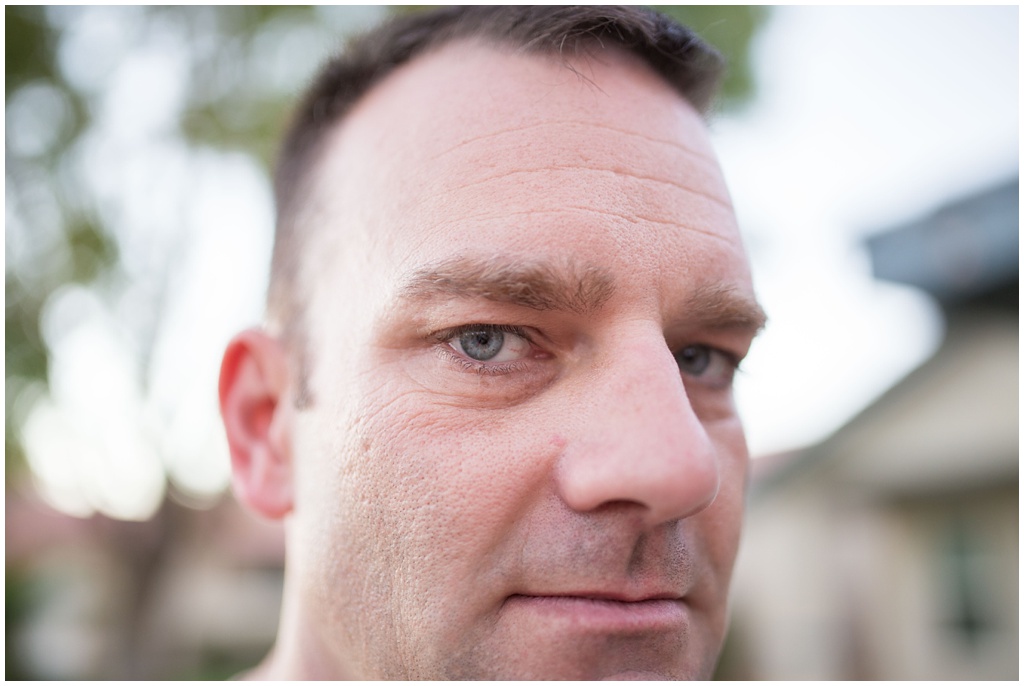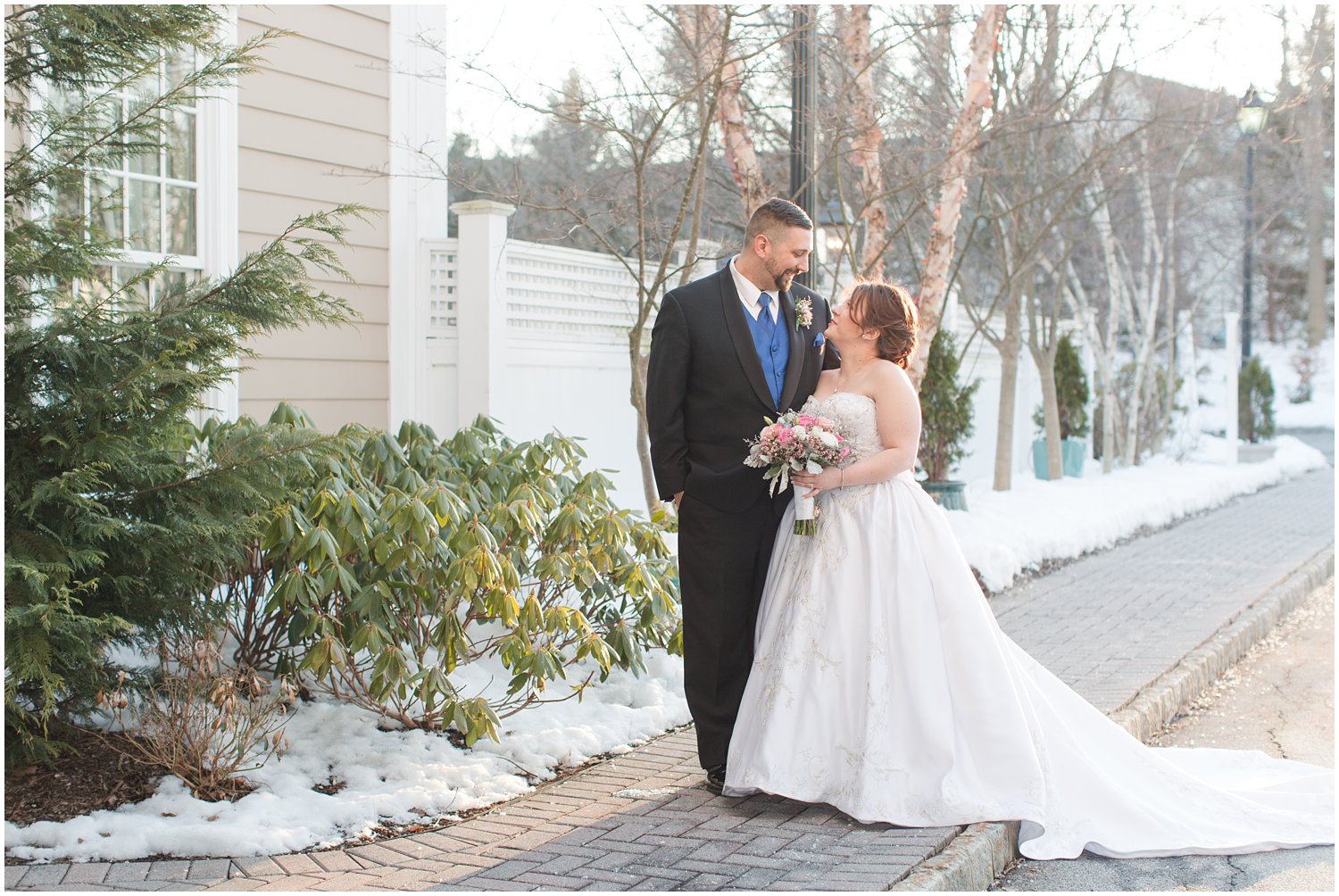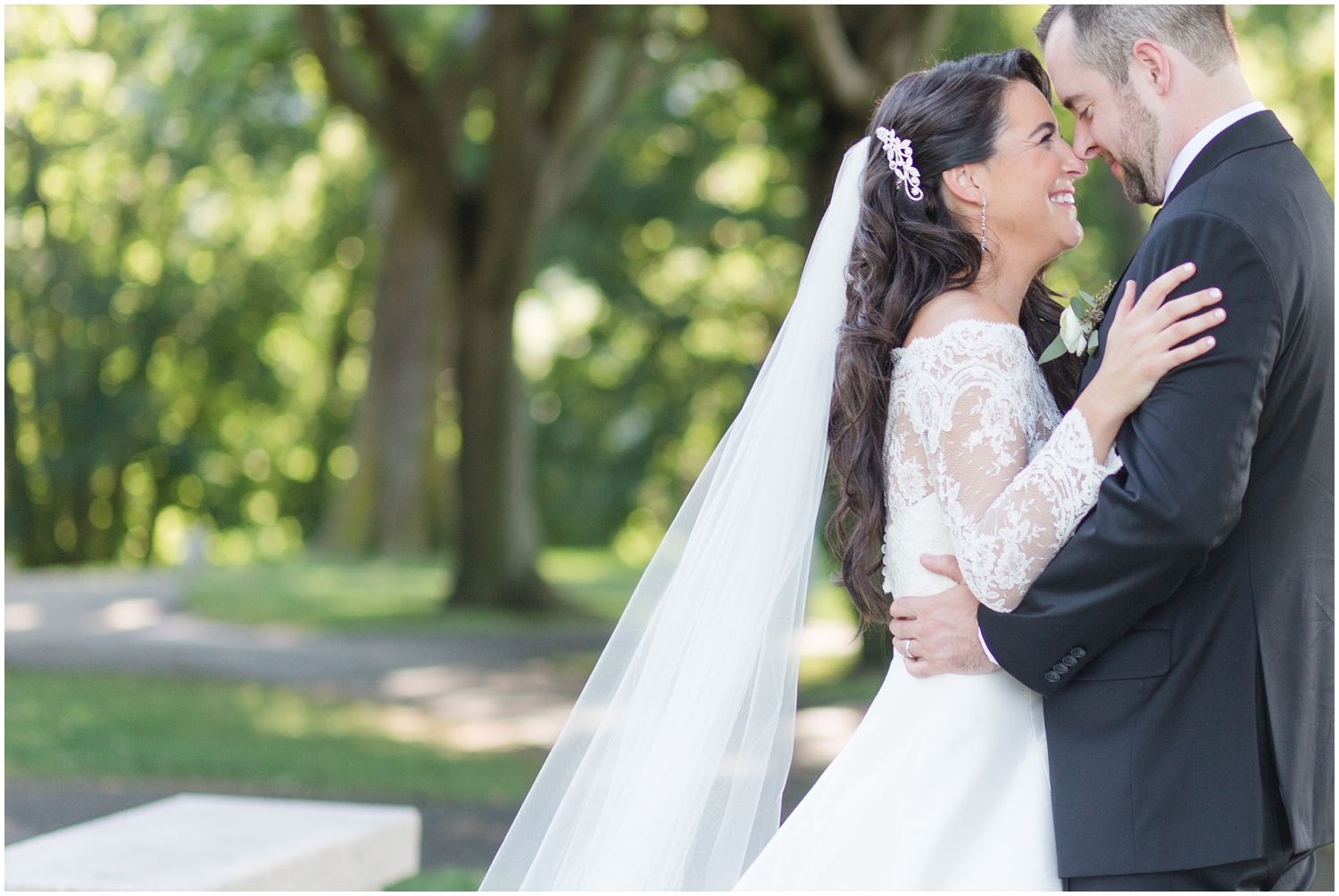Understanding Depth of Field
/If you are anything like me, understanding depth of field (DOF) was one of the biggest hurdles you had to overcome when learning the technical aspects of photography. I would read explanations online, see links to calculators, hear it described as “shallow” or “deep” and couldn’t make sense of it all.
One day it just clicked. I’m not sure where or when, but I have a much better grasp on it now. I love using that knowledge to positively impact my own personal art as well as the art I create for my clients. My goal with this article is to explain DOF in a way that will make it “click” for you, if it hasn’t already!
Understanding Depth of Field
Explaining DOF starts with defining certain terms and moves to describing some things that affect DOF.
Definitions:
Focal Plane
distance from the camera at which the sharpest focus is attained
In the photo below, the exact location of the focal plane is obvious.
Depth of Field
range of distances on either side of the focal plane that are “acceptably sharp.” (“Acceptably sharp” is where the confusion begins.) Another way to state this would be: the area behind and in front of your focus point that is in focus as well. Even though every photograph is two-dimensional, it portrays a three-dimensional world. The distance between the camera and the subject and the distance behind the subject to the “end” of the photo is the “depth” of the photo. The amount of depth that is in focus is the depth of field.
In the above photo, the whole “in focus” area is the depth of field.
What affects your DOF?
Aperture:
In my opinion, this has by far has the greatest impact on DOF
Distance from subject
How far you are standing away from what you want to focus on. Although seemingly obvious, it is easy to underestimate the effect of distance on your DOF.
In each of the photos above, I stood increasingly farther back. You can easily see the corresponding increasing depth of focus.
(all of the above photos were taken with my Sigma Art 35mm 1.4 at the following settings: f/1.4 | 400 | 1/200)
Focal length
Some research indicates that focal length does not affect DOF, and to an extent I agree. But for practicality sake focal length does appear to have an effect on DOF so I will briefly discuss that here as well.
Sensor Size
I believe this has the least impact on DOF, primarily because most photographers don’t routinely switch (alternate) between crop sensor and full frame. Changes in DOF depend on whether you use a crop or full frame; but if you use only one sensor most of the time, it will not greatly affect your work.
Understanding how aperture affected my DOF was relatively easy for me to grasp. Standing in the same place, using the same lens, with my subject the same distance from me, it was easy to see how much of my image would be in focus if I switched between f/1.4 and f/5.6. However, changing my distance to subject or throwing a different focal length into the mix left my head spinning.
Here are some good examples of how changing your distance to subject can affect your DOF.
In this first photo (of my handsome, always willing-to-model-for-me husband) I moved in really close and focused on his eye. As you can clearly “see” (pun definitely intended!), his eye is the only thing in focus in this image. That’s because I was shooting at f/1.4 while standing very close to him. Since my DOF is wafer thin and his face has a lot of “depth,” only his eye is in focus. Everything else in the photo is either in front of or behind that focus point and thus blurred.
For this second image, I took two steps back and kept my camera settings essentially the same. I focused on his far eye in this image. Notice how more of the image appears in focus. However, since I had him at an angle and was shooting at such a wide aperture, my DOF is still pretty thin. Because of the angle, his front eye is not sharply focused. Other areas, like his hair and ear and neck/shoulder line, are in focus. Those are all on the same focal plane with his eye. When looking at the photo, however, his face should be the main focus. Because of the varying depths involved and my wide aperture, the image does not appear pleasantly sharp. If he had stood directly parallel to me, both eyes might have been in focus. If I had increased my DOF by closing my aperture to f/2.5, his whole face might have been in much sharper focus.
For this final image I took a couple of steps back from my subject. You can readily see that my DOF is much greater at this distance. Almost all of his entire body is in really good shape (er…make that sharp) focus. The rest of the image blurs away beautifully to create a really pleasing separation of subject from background.
I shot all of these images with my Sigma Art 35mm 1.4 lens at these settings: f/1.4 | 640 | 1/100
If I had taken the same shots, with the same settings, standing in the same places with a 50mm lens or an 85mm lens, the DOF would appear shallower (thinner) for each of the images.
Hopefully these examples have helped you unlock the mystery of DOF and create more of the images you love!
















































